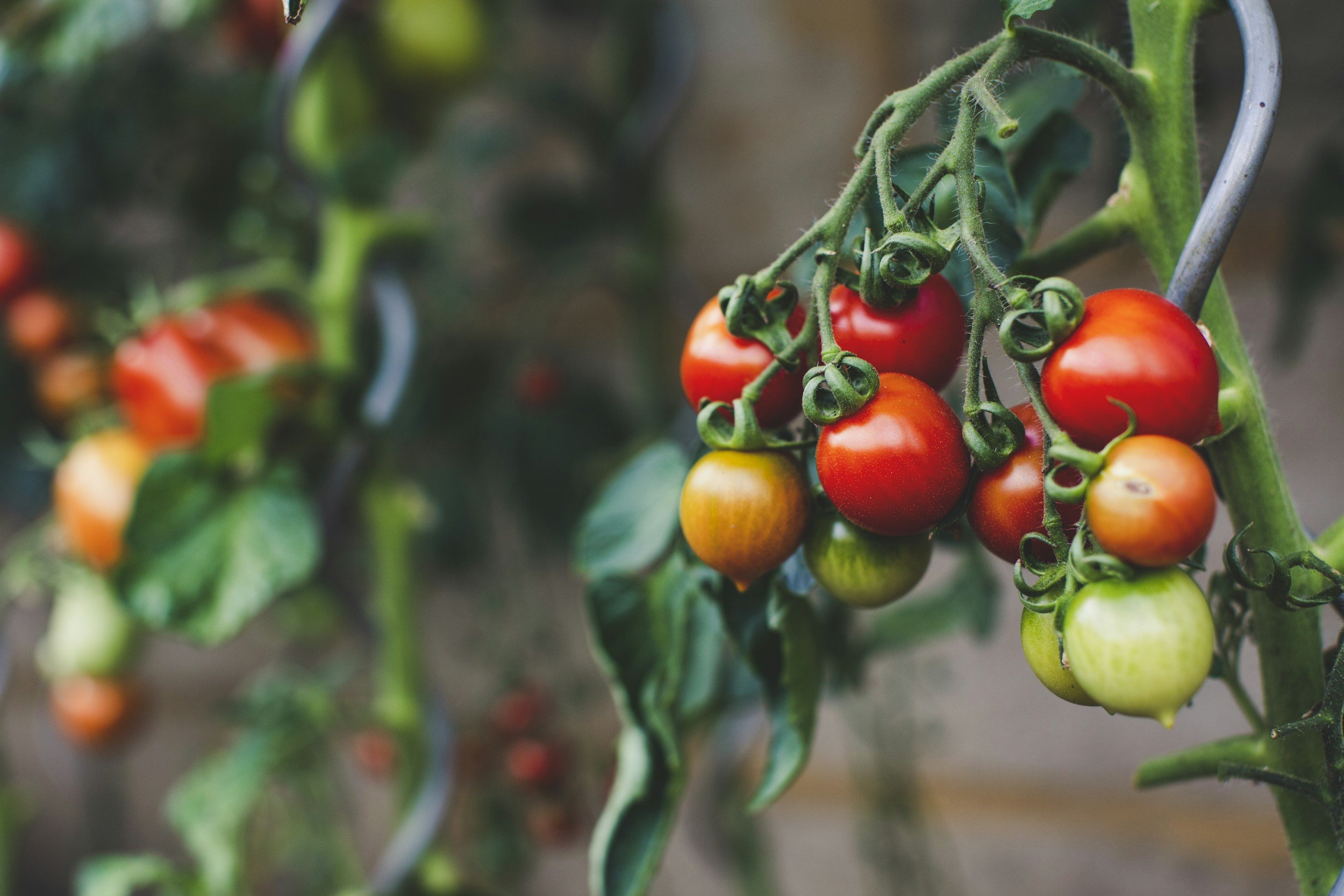
Biodiversity
The Walled Garden is surrounded on three sides by woodland belonging to the Gilmerton Estate. To the south are arable fields typical of agricultural land in East Lothian. With species decline now being seen within the widely recognised global climate emergency, we are keen that this garden should embrace biodiversity and be a home for many species. We see our efforts as part of a national move to provide a corridor for wildlife in East Lothian’s network of green spaces.
Our gardening practice is geared to supporting pollinators and other insects. We have noticed an increase in insect life, as both cultivated flowers and wildflowers attract a range of visitors. Bumble bees, honey bees, and other types of bees, moths, flies and butterflies feed on wildflowers such as dead nettle, yarrow, teasel, alkanet, clover and vetch. The larval stages of our insects need to be nurtured just as much as the attractive adults, so we have left areas uncultivated, allowing nettles, grasses and wildflowers to grow along the walls.
In our cultivated flower garden, we grow old fashioned perennials and, wherever possible, we select the best forms to provide nectar and pollen for bees. We manage the garden without using pesticide or herbicide. A less tidy sort of garden, for sure, but a friendly one.
We have an interest in gardening with biodiversity in mind and have contact with the East Scotland Butterfly Conservation group. Katty Baird is very encouraging, showing us how to identify moths and lending us equipment. Her recently published book, Meetings with Moths, has been an inspiration, and we have met many friendly moth enthusiasts by hosting moth counts in the garden.
Add that we have good links with east Lothian beekeepers association
In 2023, we received grant funding through the Royal Horticultural Society when we took part in the ‘Connected Communities’ project as members of ‘It’s Your Neighbourhood’. Children from Athelstaneford Primary School visited with their teachers and helped with garden tasks, enjoying the fresh air and open spaces within the walled garden. They were especially keen on wheelbarrowing, raking grass, chopping up green waste for compost making, and digging potatoes. We really appreciated their help, and we taught them about polytunnel cultivation of tomatoes, tasting herbs and minibeasts, including a microscope session with artist Natalie Taylor.